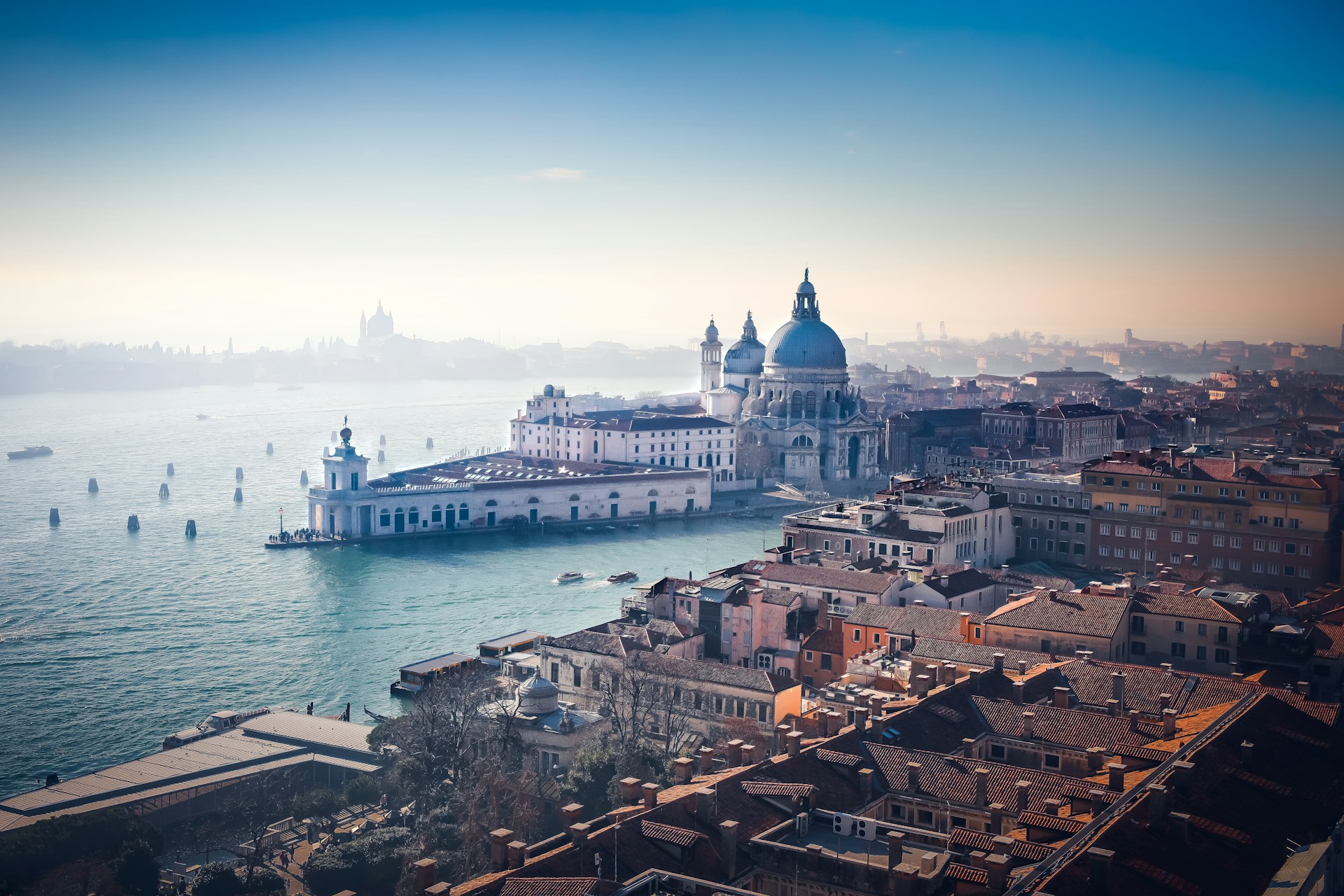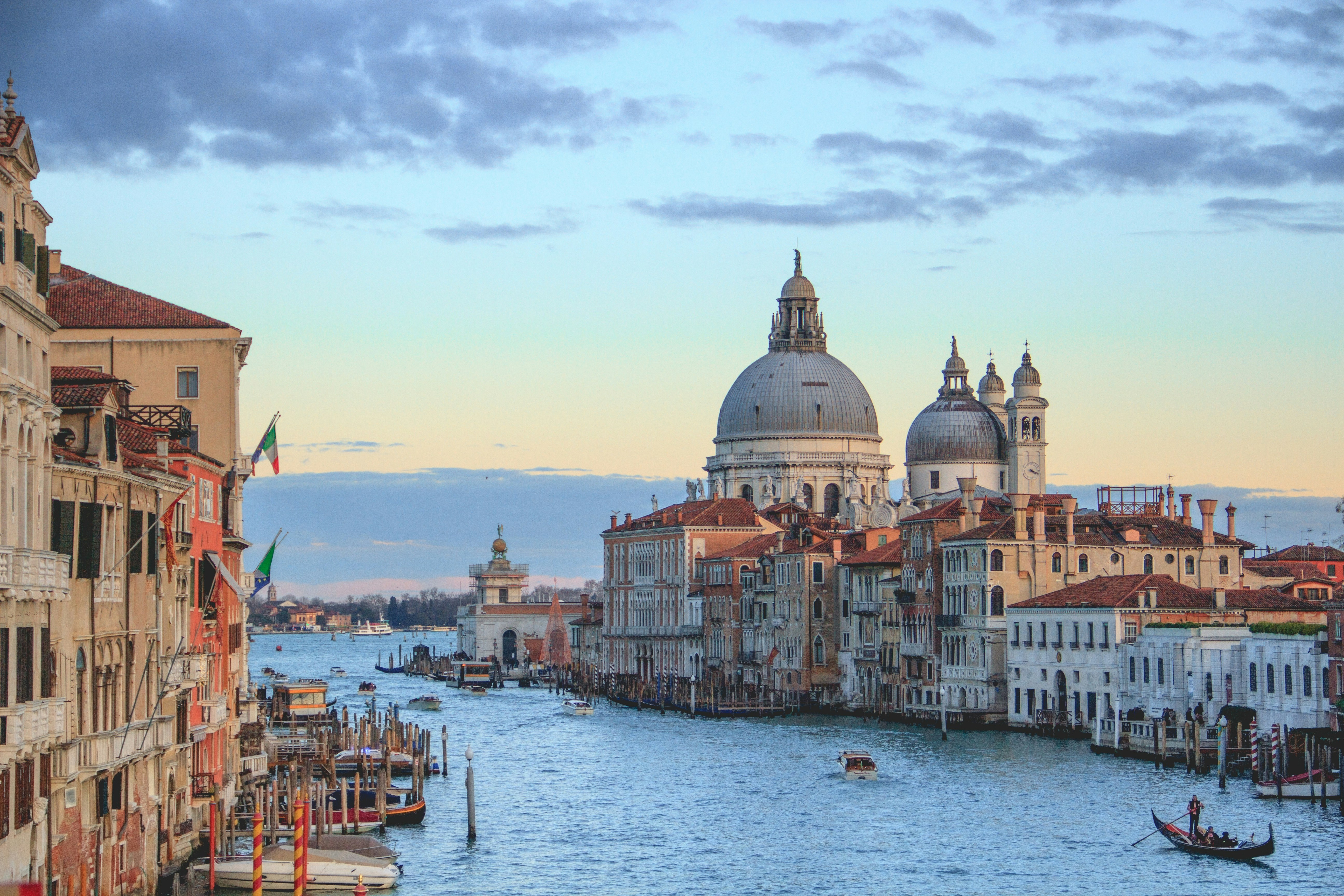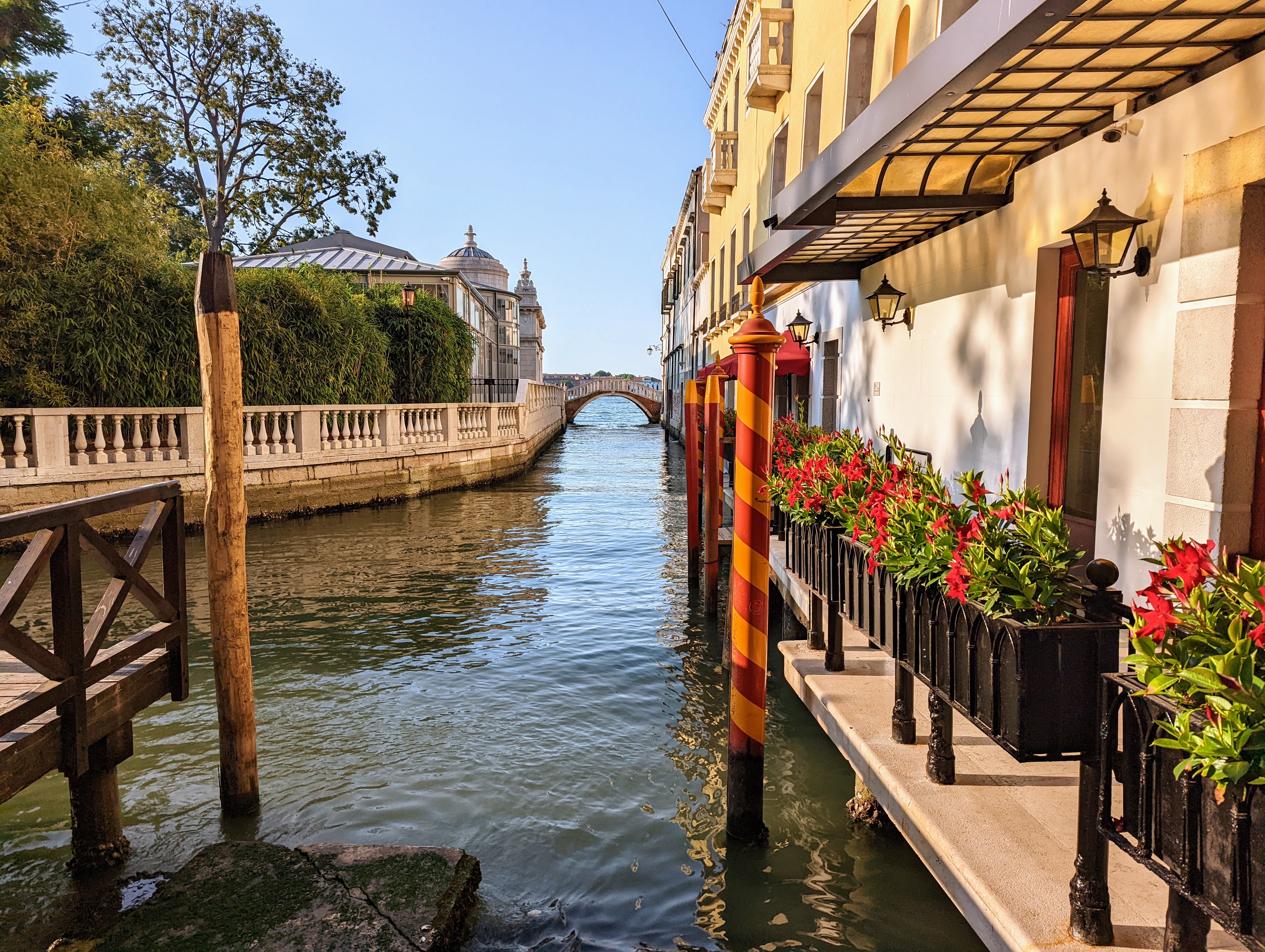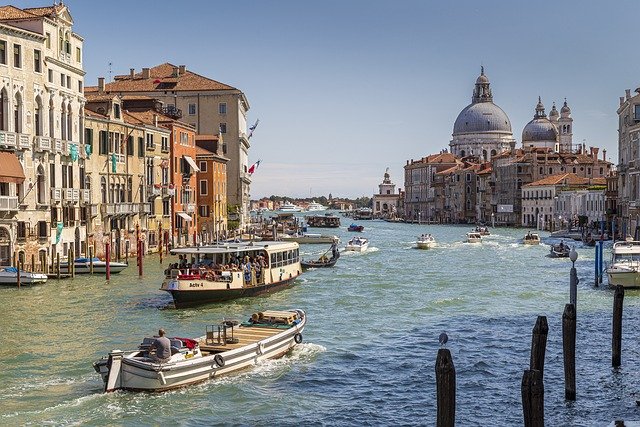VENICE ACCESS FEE FOR DAY TRIPPERS
Venice has been actively working to manage over-tourism. After banning large cruise ships in 2021, the city introduced the Venice Access Fee last year for day trippers—those who visit without staying overnight.
Why do Day Trippers have to pay the Venice Access Fee?
The Venice Access Fee was introduced in 2024. It is a new measure designed to manage over-tourism and to preserve the city's delicate historical and cultural heritage.
Venice attracts millions of visitors each year, but the vast majority are day trippers, including cruise passengers, bus tour groups, and short-stay tourists who often spend as little as €5 to €20 per person per day.
This amount does not come anywhere close to covering the cost of their presence. Many of them do not even buy food in Venice but take a packed lunch.
Unlike overnight visitors, who already pay a tourist tax as part of their accommodation costs (and are therefore exempt from the Venice access fee), day visitors contribute very little to the upkeep of the city while putting a lot of strain on its infrastructure and create problems due to overcrowding.
To help offset these costs and manage crowds on the busiest days, Venice has implemented a Venice Access Fee specifically for visitors who do not stay overnight.
The Venice Access Fee applies on designated peak days, with fees varying depending on the season and expected visitor numbers.
This year, Carnival was not included among these peak days, but things may vary. In fact, in 2024 there were only 29 peak days on which the Venice Access Fee was charged. In 2025, these days have been increased to 54.
Travellers must pre-register and pay the Venice Access Fee online or at designated entry points before arriving. Failure to comply may result in fines (see below).
While some may view this tax as an extra expense, the Venice Access Fee aims to promote sustainable tourism, helping to balance the needs of both visitors and locals.
By contributing, day trippers help maintain Venice’s beauty, ensuring a better experience for everyone. Planning ahead and understanding these new regulations will make your visit smooth and hassle-free.
Who Needs to Pay the Venice Access Fee?
The fee applies to non-residents of the Veneto region who visit without staying overnight (at a hotel or Airbnb) in the Municipality of Venice.
Therefore, if you are visiting Venice but not actually staying there, you'll need to pay the fee if you visit on specific dates (see below).
A number of exemptions apply to different categories of people, such as people commuting to work and students registered at the University of Venice.
One of the exemptions states that a resident of Venice can authorise a friend or acquaintance to visit without paying.
So, if you know someone who lives in Venice, they can help you get an exemption. You can check the official website to see how this is done.
How It Works
The process is simple:
- Register online here – Fill out a form and receive a QR code on your smartphone.
- The QR code verifies your status – It will indicate either that you have paid the Venice access fee or that you are staying overnight at a registered accommodation (in which case, the tax does not apply).
Venice is also considering implementing visitor limits in the future, so I highly recommend securing your QR code as soon as you finalise your travel dates.
If you are travelling with a tour operator, ask whether they apply for the QR code on your behalf, or whether you have to take care of it yourself.
Cost of the Venice Access Fee
- €5 per person if booked at least four days in advance.
- €10 per person if booked fewer than four days before arrival.
If You are Staying Overnight
- If you are part of a guided tour and you are staying in a Venice hotel, your tour company should handle the QR code for you.
- If you are booking your own stay in Venice, your hotel or Airbnb should register you. Be sure to check with them in advance.
Fines for Non-Compliance
If you fail to register or pay the tax, you could face a fine of €50 to €300, plus the €10 Venice access fee.
Making false statements or submitting fake documents could also lead to legal action.
While no fines were issued during the 2024 trial period, stricter enforcement is expected from April 18, 2025. Officials will be going around Venice, asking to see the QR codes, so be sure to have yours ready, whether you're there on a day trip or staying in Venice.
Venice Access Fee Dates for 2025
The Venice Access Fee will apply from 8:30 AM to 4:00 PM on the following 54 days in 2025:
- April: 18–30
- May: 1–4, 9–11, 16–18, 23–25, 30–31
- June: 1–2, 6–8, 13–15, 20–22, 27–29
- July: 4–6, 11–13, 18–20, 25–27
For more information and updates, visit the official website.
Go back to the Main Page about Venice



